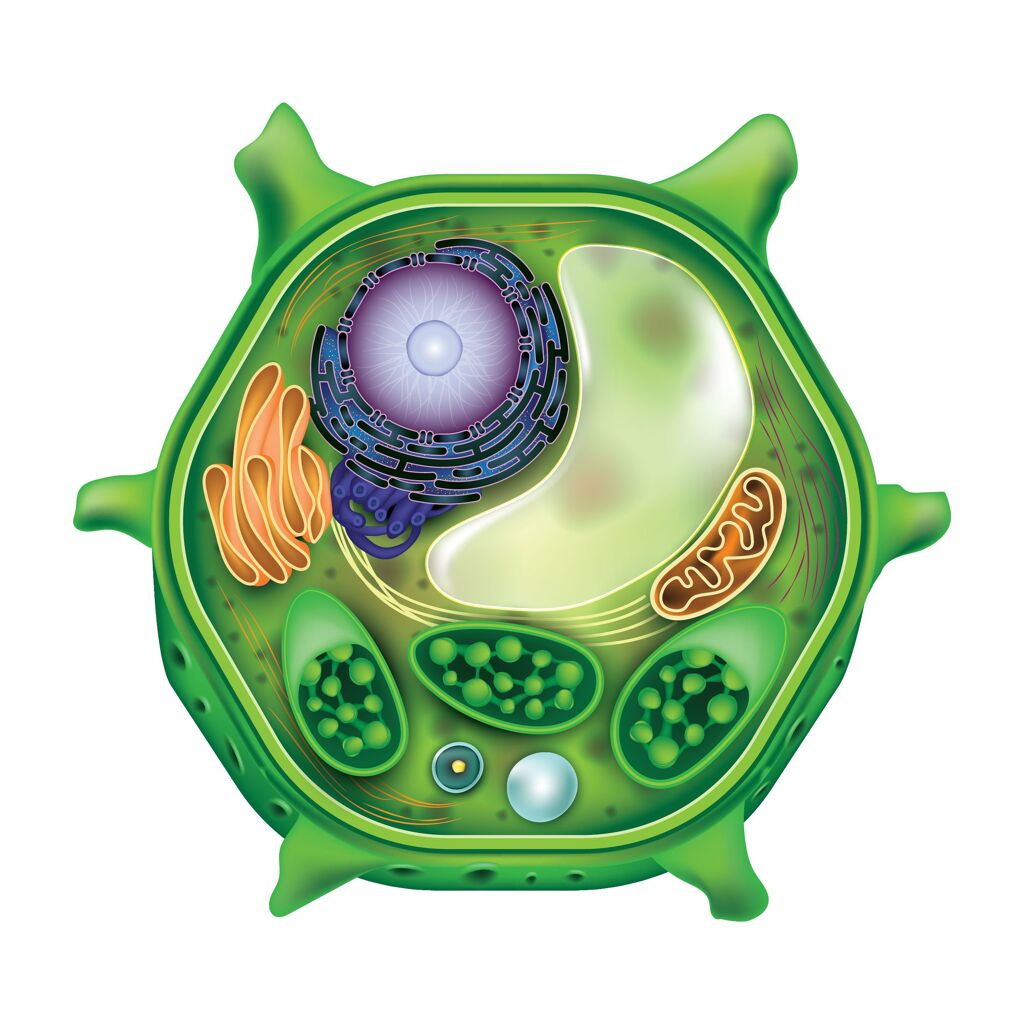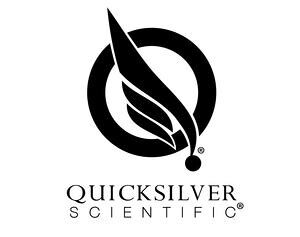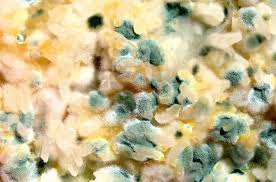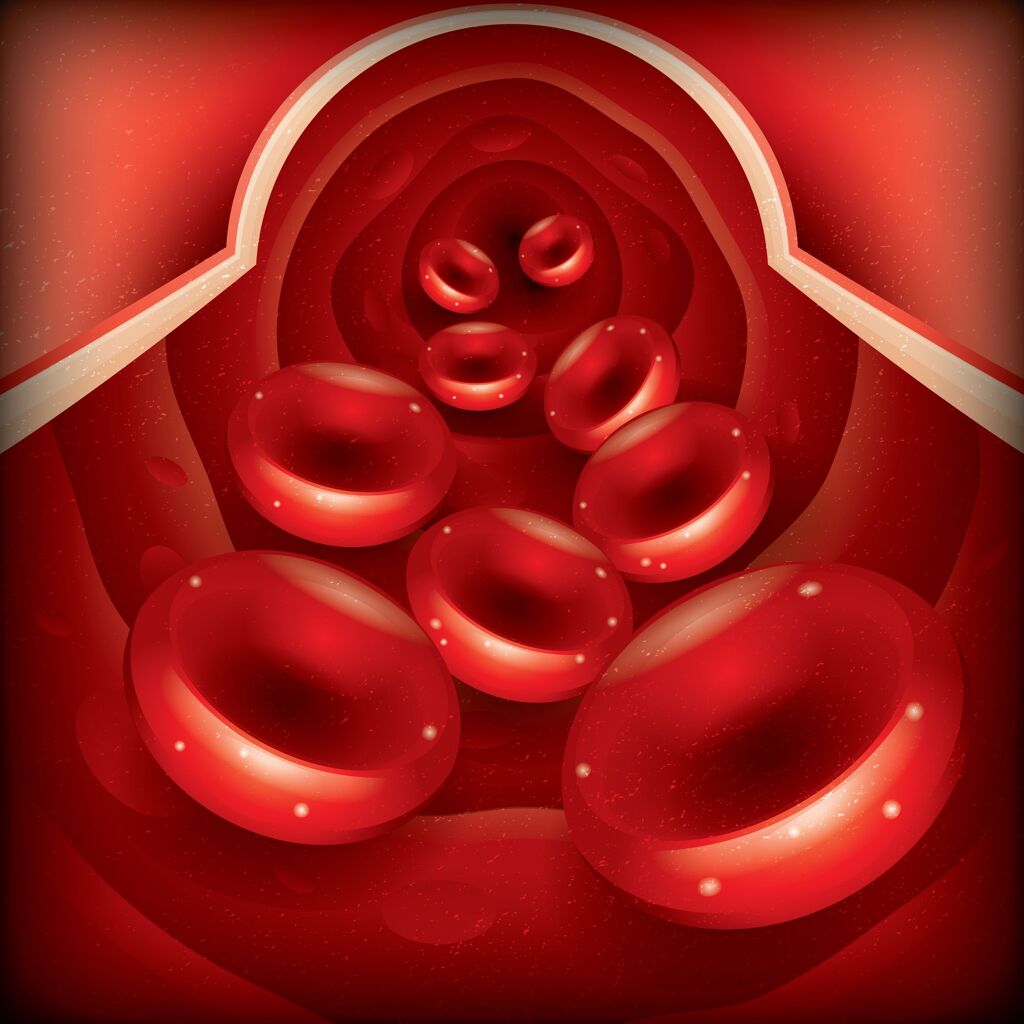Focus On Mitochondrial Health To Increase Energy Production

What Is the Mitochondria?
Mitochondria is the powerhouse of our internal body’s energy (ATP) source, with its own set of DNA, working energy conversion and functionality. We rely on this miniature power cell in every part of our body.
Without mitochondria, we wouldn’t be able to get much of anything done. We simply wouldn’t be.Mitochondrial DNA is the DNA located in the mitochondria. The mitochondrion is a cellular organelle responsible for converting chemical energy from food into a form that can be used by the cells. Although most DNA is packaged within chromosomes and the cell nucleus, mitochondria have their own known as mtDNA.
This DNA encodes 37 genes in the human body. Most of these genes are solely inherited from the mother. The mitochondria in mammalian sperm are usually destroyed by the egg during fertilization. Further, mitochondria are contained in the sperm tail which only propels the sperm but does not fertilize. This maternal inheritance enables scientists to trace maternal history to the distant past. Mitochondrial eve is a technique used by scientists to try and trace the origin of human life. This technique majorly utilizes mtDNA. (Bradshaw, 2012)
In most organisms, mtDNA is a double-stranded, covalently bonded DNA. In human beings, 100 to 10,000 copies of mtDNA are found in a cell. The two strands of this double-stranded DNA are differentiated by their nucleotide content. One is a guanine-rich strand known as a heavy strand and the other a cytosine heavy strand known as a light strand. Each strand is transcribed continuously and produces RNA molecules.
To Read About Blog Topic, Scroll Down
Want To Work With Our Clinic?
Do you have a chronic or mystery illness that no one has been able to help you with? Are you simply wanting to re-connect with a healthier version of yourself? It’s Time To Finally Feel Better!
Mitochondrial Structure and Function
Mitochondria DNA contains 37 genes. Of these, 13 are used to provide instructions to enzymes responsible for oxidative phosphorylation. This is a process that uses oxygen and sugars to create adenosine triphosphate (ATP), which is the main energy source of the cells. The other genes are responsible for making RNA. There are two types; transfer RNA (tRNA) and ribosomal RNA (rRNA). Mitochondria have several adaptations to facilitate the production of cellular energy.
The outer membrane of the mitochondrion contains enzymes that involve themselves in activities such as elongation of fatty acids and oxidation of epinephrine (Alberts bruce, 1994). Proteins found in the inner membrane perform redox reaction of oxidative phosphorylation, ATP synthesis and mitochondrion fusion and fission. The above processes are crucial in the energy production function of the mitochondrion. The cristae in the inner mitochondrion membrane serve to increase the surface area of the inner membrane-enhancing its ability to produce ATP. The matrix of the mitochondrion contains about 2/3 of all proteins. It also contains enzymes, tRNA, ribosomes and DNA which play important roles in the oxidation of pyruvate and fatty acids and citric acid cycle.
The citric acid cycle is a process that oxidizes the Acetyl-CoA to carbon dioxide. This process results in a production of reduced cofactors which are a source of electrons for electron transfer chain. GTP is also produced. This molecule is readily converted to ATP the source of fuel. The complex chain of events that eventually manifests in the body’s ability to make and use energy may be easily overlooked until a client notices any one of multiple symptoms. A major one is fatigue.
Because mitochondria combine oxygen and fuel to produce energy, dysfunction results in less energy. Symptoms of fatigue can potentially be related to mitochondrial dysfunction it should be considered by practitioners as a possible factor if that symptom is present. Autoimmune, neurodegenerative and metabolic illnesses are all being studied as resulting from mitochondrial dysfunction. Almost any cells and organs can be affected because if insufficient energy for cell function eventually causes the cell to die. When there are no longer enough healthy cells, organs begin to fail. Mitochondrial disorders may be caused by inherited mutations in mitochondrial DNA or in nuclear genes that determine how mitochondria develop. They may also be the result of acquired mitochondrial dysfunction due to adverse effects of drugs, infections, or other environmental causes.
Additional information supports the fact that mitochondrial DNA can be affected by oxidative stress. According to Environmental Health Perspectives, mitochondrial DNA is more influential than nuclear genomes, on developing DNA. Mitochondrial DNA may also be a factor in metabolic syndrome, which is growing as obesity in the population in general increases.
The United Mitochondrial Disease Foundation notes that symptoms are varied and can appear at any time from infancy to adulthood. Many are progressive. While no causative correlation has been definitively established, cancer, Alzheimer’s Disease, heart disease, diabetes and possibly autism are all being studied for their relationship to mitochondrial dysfunction.
Maximizing Mitochondrial Function
There are numerous recommendations for maximizing mitochondrial functioning and minimizing or repairing the damage. Dietary changes to incorporate complex carbohydrates, healthy fats, and plant-based proteins and nutrient dense foods may be helpful. High impact exercise also has a positive influence on mitochondrial health. Supplements that are believed to be protective factors against mitochondrial dysfunction are magnesium, alpha lipoic acid, and B Vitamins, in addition, environmental damage can be mitigated by the use of supportive detoxification via milk thistle, turmeric, dandelion root, N-acetylcysteine and probiotics may also promote optimum mitochondrial functioning. Boost antioxidant capacity with CoQ10, and Vitamins C, D & E. Perceived stress and actual stress also deplete some beneficial vitamins and minerals that are necessary for healthy mitochondria. Mindfulness and stress-reducing lifestyle option can positively affect mitochondria.
Want help with your health? Book a free health evaluation call to see if you are a good fit for our clinic by clicking the button on the left below. If you are a clinician interested in advancing your training, please check out our online worldwide functional medicine training institute by clicking the button on the right below.
Book My Free Phone Health Evaluation Functional Medicine Certification for Clinicians
References
- Alberts bruce, A. J. (1994). Molecular Biology of the Cell. New York: Garland publishing Inc.
- Bradshaw. (2012). Mitochondrial DNA: The Eve Gene. New York: Bradshaw Foundation.
- Iborra, F. J. (2004). the functional organization of mitochondrion genomes. BM Biology, 2-9.
- Moon-Yong Cha, Don Kyu Kim, Inhee Mook-Jung. The role mitochondrial DNA mutation on neurodegenerative diseases. Exp Mol med. 2015 Mar; 47(3): el 50.
- Satapati, S. Kucejova, B Mitochondrial metabolism mediates oxidative stress and inflammation in fatty liver. J Clin Invest. 2015 Dec 1: 125(12): 4447-446w
- Reuter, S. Gupta, S. Oxidative stress, inflammation, and cancer: How are they linked? Free Radic Biol Med. 2010 Dec 1; 49(11): 1603–1616.
- Life Extension. Antioxidants, Mitochondrial Damage, and Human Aging. Available at: https://www.lifeextension.com/magazine/2006/2/report_antioxidants/page-01Accessed on July 17, 2016.
- NIH. Genetics Home Reference. Can Changes in Mitochondrial DNA Affect Health and Development? Available at:https://ghr.nlm.nih.gov/primer/mutationsanddisorders/mitochondrialconditions Accessed on July 17, 2016.
- Schmidt, Charles W. Environ Health Perspectives. 2010 Jul; 118(7): A292–A297. “Unraveling Environmental Effects on Mitochondria”
Are You Suffering From A Chronic Illness?
Does your current health situation look like this…
- Do you feel that you have tried many things and either nothing works, or the treatment does not hold?
- Have you been told that there is nothing that can be done to reverse your illness and you just need to manage symptoms?
- Does your illness impact your work, your family, your happiness and your social life?
We specialize in finding answers and solutions for complicated chronic illness when people feel like they have tried everything. If this sounds like you, book a free call with us to see if we are the right fit for your health goals.
Dr. Miles has spoken for the following organizations:


















Responses